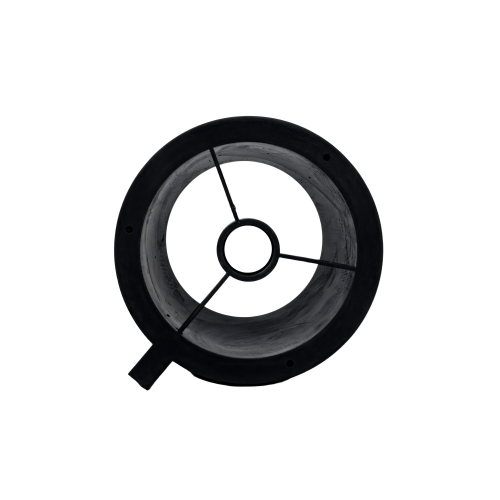Compare 3D Printing Materials
Explore and compare 3D printing materials to find the best fit for your project. From durable plastics to flexible resins, our guide highlights key properties like strength, flexibility, and surface finish, helping you choose the right material for prototyping, production, or custom parts.
Tough Resin
Process: SLA
Durability, Strength
3D printing tough resin material is designed for printing projects that require high durability and impact resistance. It offers excellent mechanical properties, capable of withstanding high pressure and severe impact, while maintaining precise printing details. Whether creating prototypes, functional parts, or industrial applications, the tough resin provides an ideal balance—finding the sweet spot between strength and flexibility.
PC-Like Translucent
Process: SLA
Transparency, Stiffness
PC-like translucent material combines excellent translucency with high stiffness, making it an ideal choice for precision components. Through customized post-processing, functional light-transmitting effects can be achieved, delivering both aesthetic appeal and performance. With high tensile strength and modulus, this material is especially suited for creating functional prototypes that emulate injection-molded polycarbonate, meeting the dual demands of mechanical performance and visual quality for engineering prototypes and small-batch production.
Stainless Steel 316L
Process: SLM
Durability, Corrosion Resistance, Strength
Stainless steel 316L offers excellent corrosion resistance and high-temperature performance. It combines good mechanical strength and toughness, making it a reliable material for manufacturing acid- and corrosion-resistant components. Thanks to its outstanding corrosion resistance and its suitability as a medical- and food-grade material, it is widely used in aerospace, prototypes, tooling, and medical applications. Finished parts are typically shot-peened for surface treatment. If you require any other post-processing, please inform our customer service clearly.
Disadvantages: Poor heat resistance (maximum 120°C); surface roughness around Ra10, with slight pits and visible layer texture.Aluminum
Process: SLM
HighStrength, CorrosionResistant, Lightweight
3D printed aluminum alloys, represented by AlSi10Mg and other aluminum-silicon-magnesium alloys, combine lightweight characteristics with excellent mechanical properties. They offer an outstanding strength-to-weight ratio, good corrosion resistance, and thermal conductivity, and demonstrate excellent fatigue and fracture resistance after heat treatment. The material is easy to form, weld, and machine, making it ideal for aerospace, automotive, and tooling applications where lightweight design and structural complexity are critical. Finished parts are typically shot-peened for surface treatment. If you require any other post-processing, please inform our customer service clearly.
Disadvantages: Poor heat resistance (maximum 120°C); surface roughness around Ra10, with slight pits and visible layer texture.





